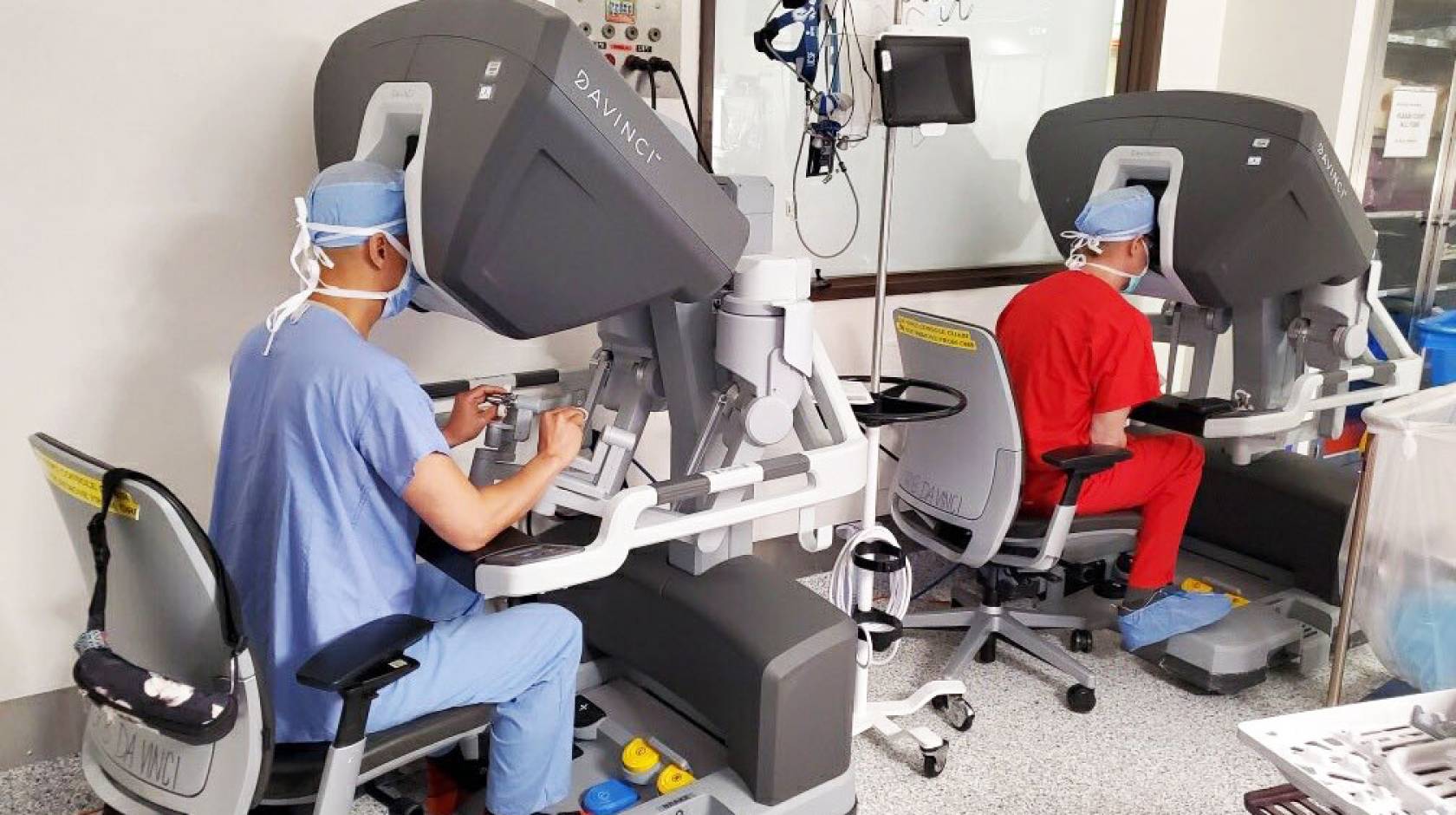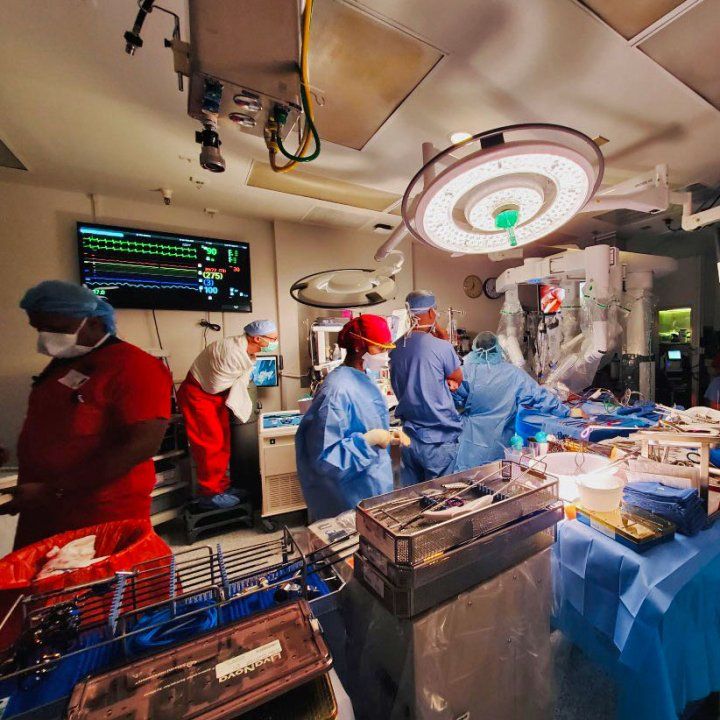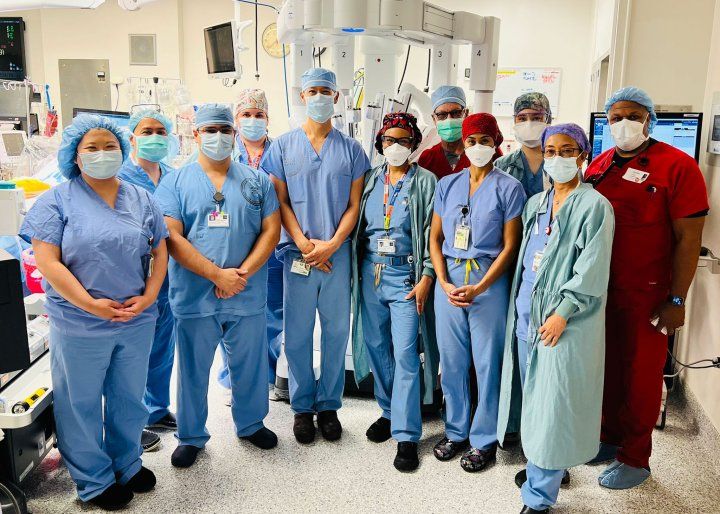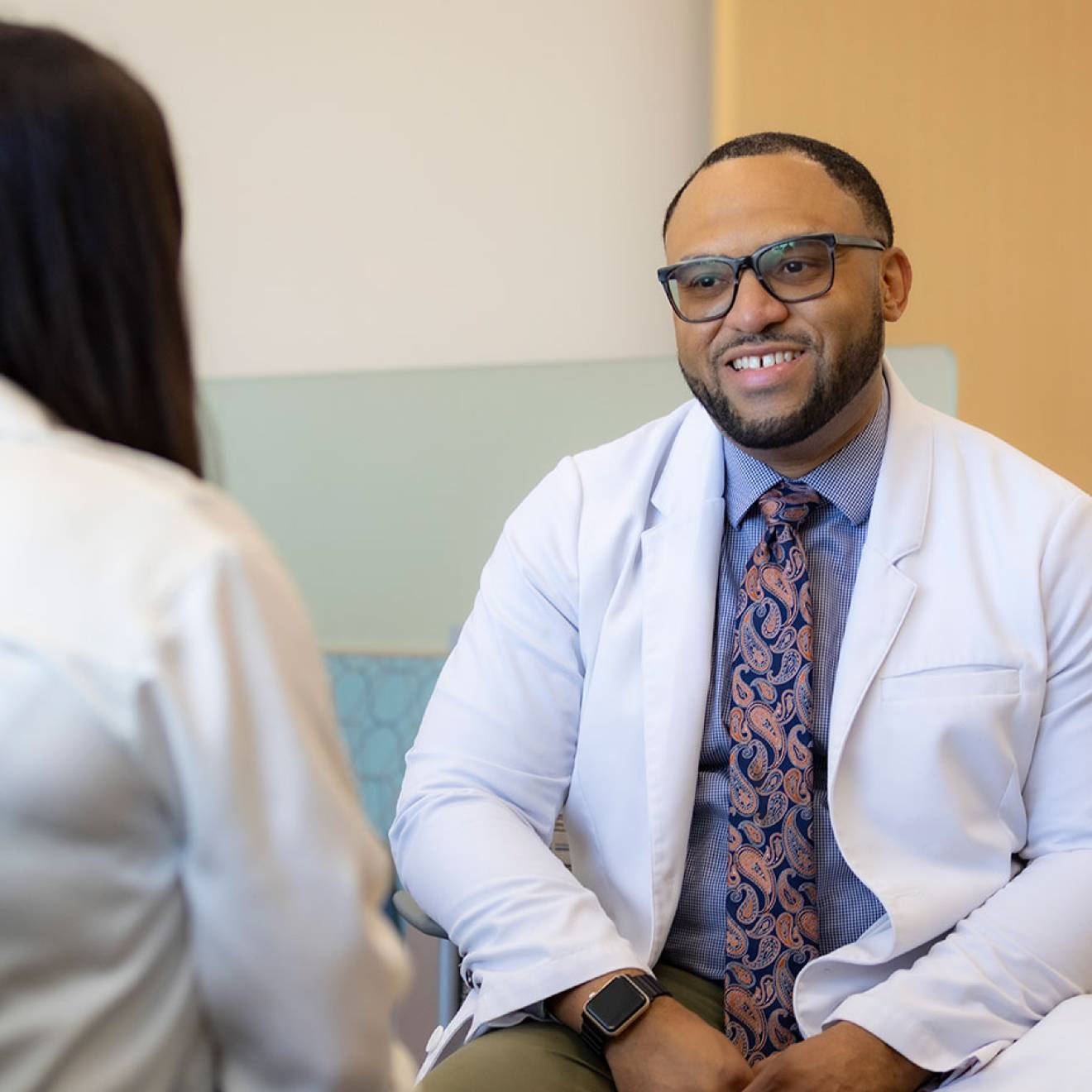Melinda Krigel, UC San Francisco

Cardiothoracic surgeons at UC San Francisco have performed the first robotically assisted mitral valve surgery in San Francisco. The surgery was recently performed on a 63-year-old patient who had mitral valve prolapse.
Mitral valve surgery is performed when the heart’s mitral valve needs to be repaired. Traditionally, mitral valve surgery required opening the chest and putting the patient on heart-lung bypass to keep blood circulating during surgery. Since 2016, UCSF surgeons have been performing minimally invasive mitral valve surgery without having to open the sternum and with smaller incisions. Robotically assisted mitral valve surgery adds yet another level of precision.
“Robotically assisted mitral valve surgery allows us to make even smaller incisions with greater precision,” said Tom C. Nguyen, M.D., robotic heart surgeon and chief of Cardiothoracic Surgery at UCSF. “By using the robotic arms, we have more degrees of articulation than with our natural wrists. The robot also magnifies the surgical field 10X in 3D. Ultimately, this translates into more precise surgery with faster recovery.”

During the robotically assisted surgery, the surgeon looks through a 3D camera to see the mitral valve as well as other structures inside the heart. The surgeon uses the robotic surgical system to guide the robotic arms and movements of the surgical instruments.
“Every valve looks different, and the extraordinary 3D vision that the robot camera provides, is just a real step up from all the technologies we have been using in the past,” said Tobias Deuse, M.D., cardiac and transplant surgeon and director of Minimally-invasive Cardiac Surgery. “The camera, together with the increased mobility of the instruments, allows for a very thorough evaluation of the valve and helps us make good and long-lasting repairs.”
Thanks to these innovations, mitral valve patients have fewer complications and can be discharged within three-to-four days. This patient’s symptoms included increased fatigue and palpitations. Since the surgery, he is at home and his recovery is going well.
In addition to mitral valve surgery, there are plans for additional robotically assisted cardiothoracic surgeries, including removal of intracardiac tumors and myxomas as well as for coronary revascularization.

Other robotic surgeries currently being performed at UCSF encompass a wide range of specialties and procedures, including removing cancerous tissue from the lungs, uterus, ovaries, colon, rectum, esophagus, bladder, prostate, head and neck, liver and pancreas. Other robotic surgeries are used for the treatment of uterine fibroids and endometriosis, female pelvic organ prolapse repairs, hernia repairs and bariatric surgery.

